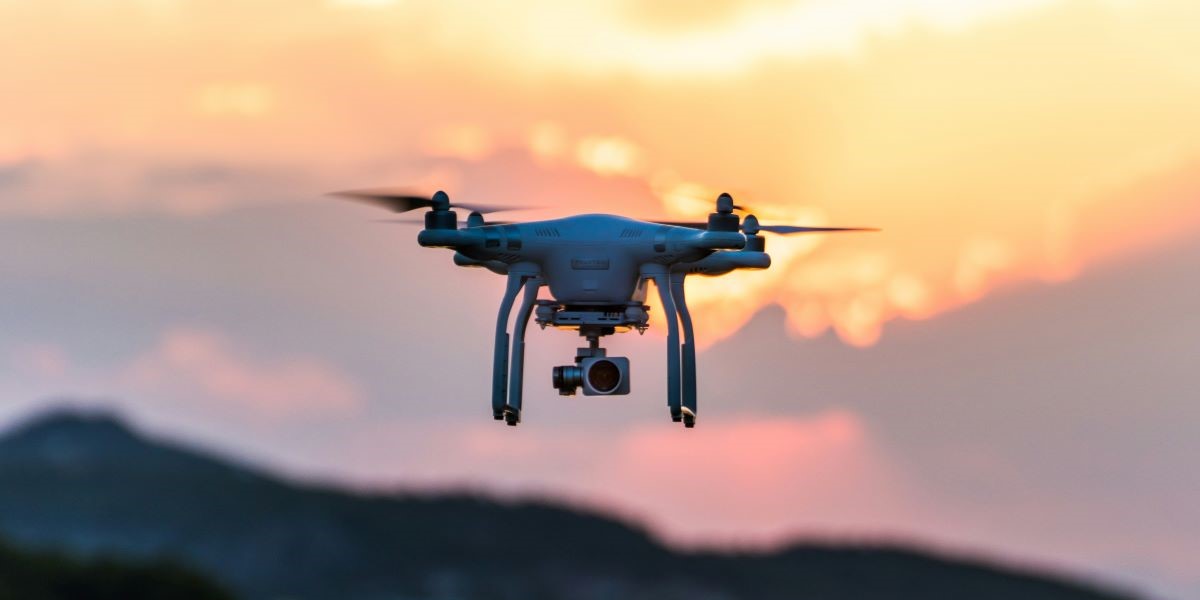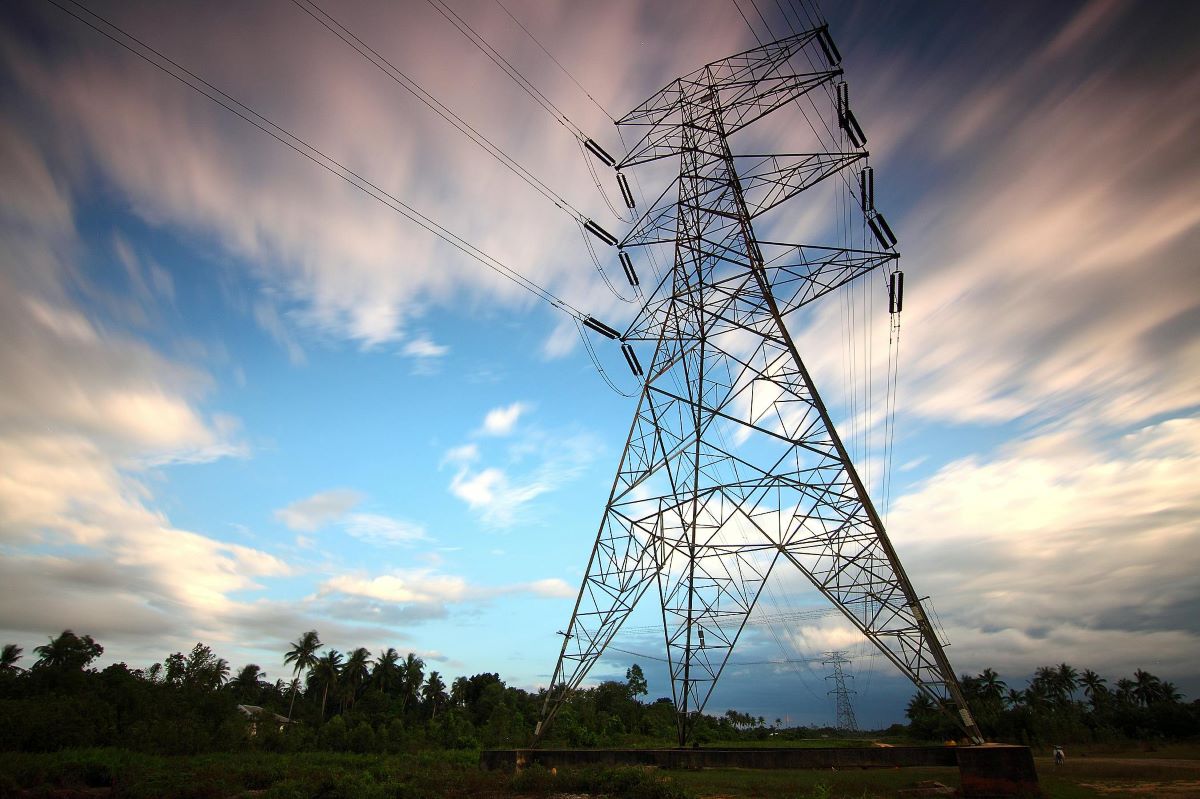5-minute read
Quick summary: Exploring three use cases that demonstrate the business benefits of asset image analytics for utilities: safety enhancements, vegetation management, and outage management/ reliability improvement
The integration of asset management image analytics is revolutionizing how utility companies manage their assets and respond to emergencies. By applying AI and machine learning (ML) to image feeds from drones, satellites, LiDAR, and other sources, this innovative approach delivers unprecedented accuracy and efficiency in data analytics in asset management, improving monitoring and outcomes. Utilities across the industry are leveraging image analytics to streamline processes, reduce risks, and make data-driven decisions that enhance safety and reliability.
In this article, we’ll explore three key use cases and the corresponding business benefits of leveraging image analytics for asset management at utilities. We’ll delve into how this technology is transforming modern utility operations by enhancing outage management and reliability, improving safety, and optimizing vegetation management. Additionally, we will highlight the cost savings, ROI enhancements, and regulatory compliance benefits that come with implementing image analytics in each use case.
Use case #1: Outage management and reliability improvement
Outages not only disrupt daily life for customers, but also incur significant costs and damage a utility’s reputation. Image analytics plays a vital role in identifying aging infrastructure and predicting failures. Big data asset management plays a vital role in identifying aging infrastructure and predicting failures. By continuously monitoring and analyzing images of assets, utilities are detecting signs of wear and tear, corrosion, or other defects that could lead to outages. Through predictive maintenance enabled by image analytics, providers address potential issues before they cause service disruptions, enabling significant improvements in key reliability metrics such as:
- System Average Interruption Duration Index (SAIDI): Total duration of interruptions for an average customer over a specific period
- System Average Interruption Frequency Index (SAIFI): Average number of interruptions that a customer experiences
- Customer Average Interruption Duration Index (CAIDI): Average time required to restore service to customers per interruption
Use case example: Predictive maintenance and reliability
Utility companies utilize image analytics and predictive analytics to monitor the condition of its aging infrastructure. Drones capture detailed images of transformers, poles, and other critical assets, and analytics software identifies components showing signs of deterioration, such as rust and cracks. Using this data, the utility prioritizes maintenance and replacements, which significantly improves their SAIDI and SAIFI metrics. This proactive approach not only enhances reliability, but also reduces the costs associated with emergency repairs and prolonged outages.
Benefits of asset image analytics in outage management and reliability improvement
- Reduces the frequency and duration of outages, leading to lower costs associated with emergency repairs and service disruptions
- Reduces the need for emergency repairs, helping utilities save money and improve service reliability metrics
- Helps utilities meet regulatory requirements for safety and operational standards
- Through predictive analytics in asset management, utilities address potential issues before they cause service disruptions, enabling significant improvements in key reliability metrics.
Through predictive maintenance enabled by image analytics, utilities address potential issues before they cause service disruptions, enabling significant improvements in key reliability metrics.
Use case #2: Safety enhancements
Image analytics enhances safety within utility operations by providing detailed, real-time data that can preemptively identify potential hazards. By leveraging drones and other imaging technologies, utilities conduct thorough inspections of hazardous areas without putting human inspectors at risk. The AI/ML algorithm analyzes these images to detect potential issues, such as equipment defects and environmental hazards, enabling swift and informed decision-making.
Safety application: Drone inspections in hazardous areas
Drones equipped with high-resolution cameras and sensors inspect areas that are difficult or dangerous for human workers to access. For instance, drones can fly over power lines, substations, and other high-risk sites to capture detailed images. These images are then analyzed to identify issues such as damaged components, corrosion, or vegetation encroachment that could pose safety hazards, further supported by asset tracking analytics.
Safety application: Monitoring high-risk sites
High-risk sites, such as those prone to wildfires or extreme weather conditions, are monitored continuously using drones and satellite imagery. The AI/ML algorithm detects early signs of trouble, such as smoke, heat spots, or structural weaknesses, allowing for timely interventions to prevent accidents.
Use case example: Post-storm inspections
Following a severe storm, utility companies use drones to inspect their infrastructure for damage. The drones capture high-resolution images of power lines, poles, and substations for processing by image analytics software, which quickly identifies damaged equipment and downed lines. The utility prioritizes repairs and restores service faster and more safely than with traditional inspection methods.
Benefits of asset image analytics in safety enhancement
- Decreases labor costs and reduces potential injury-related expenses
- Enables more frequent and higher-quality inspections without proportionally increasing costs, leading to more efficient asset management and higher ROI
- Helps utilities meet regulatory requirements for safety and operational standards
Article continues below
WEBINAR
How asset image analytics supercharges utility operations
WHITE PAPER
Transforming utility operations with asset image analytics
Use case #3: Vegetation management
Managing vegetation is a critical task for utilities, as overgrown trees and plants can interfere with power lines and equipment, leading to outages and safety hazards. Traditional methods of vegetation management are labor-intensive and often fall short in identifying potential threats in a timely manner.
Image analytics addresses these challenges by providing precise, comprehensive data on vegetation growth. Drones and satellites capture images of the utility’s right-of-way areas, which the AI/ML algorithm then analyzes to identify and classify vegetation species. This technology detects invasive species and predicts their growth patterns, allowing for more proactive management.
Use case example: Identifying vegetation encroachment
Utility companies implement drone-based image analytics to manage vegetation around their power lines. Drone pilots conduct regular flights, capturing images for analysis to detect vegetation encroachment. The AI/ML-based algorithm identifies specific areas where trees and plants are growing too close to power lines. The utility then targets their trimming efforts more effectively, thus reducing the risk of outages and improving compliance with vegetation management regulations.
Benefits of asset image analytics in vegetation management
- Reduces the frequency and cost of manual inspections, helping the utility to prevent outages and save on emergency response costs
- Helps prevent outages and extend the life of equipment, leading to improved reliability metrics and a better ROI in maintenance activities
- Helps ensure compliance with vegetation management regulations and wildfire prevention standards, reducing the risk of fines and penalties
The future is visual
By leveraging imagery in asset management data analytics, utilities are significantly enhancing outage management and reliability, improving safety, and optimizing vegetation management—while improving outcomes across a host of other use cases. These advancements are leading to substantial cost savings, a higher ROI, and better compliance with regulatory standards, driving more efficient and effective utility operations. As the utility sector continues to adopt this innovative technology, the benefits will only grow, paving the way for a more resilient and responsive energy infrastructure. Embracing image analytics is not just an option—it’s a strategic imperative for building a safer, more reliable future.

Asset Image Analytics
Logic20/20 leverages imagery from drones, LiDAR, satellites, and other sources and the latest in machine learning and AI to develop impactful asset image analytics solutions for:

Syed Ali is a Manager of Grid Operations with deep professional experience in the power and utilities sector. He has managed teams across multiple engineering disciplines and possesses broad technical knowledge of the grid system. Syed’s extensive design and implementation experience in the electric utility industry encompasses T&D substations, FLISR, VVO, ADMS-OMS, AMI, DERMS and other areas.


